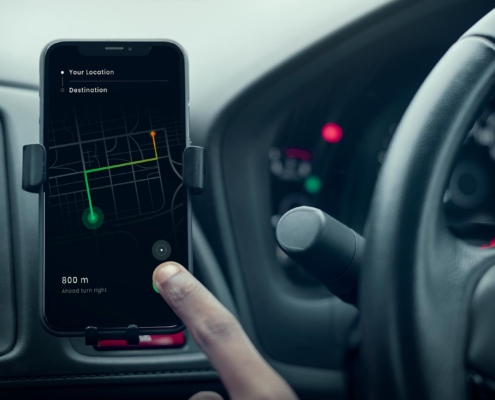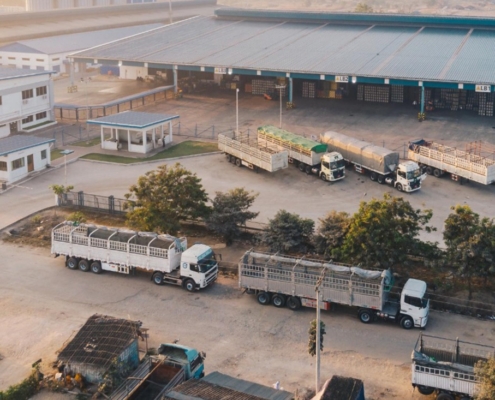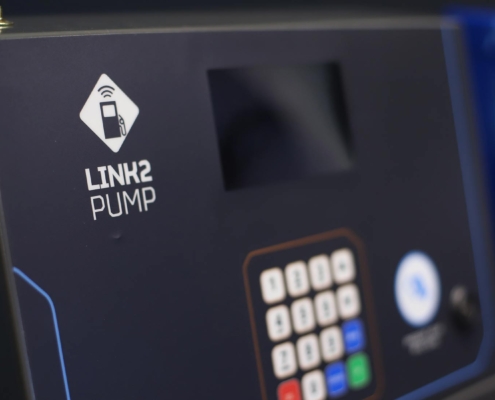 https://www.link2pump.com/wp-content/uploads/2023/09/02_novembro_L2P.jpg
1100
1920
Nate Riggins
/wp-content/uploads/2023/08/Logo-Colors.png
Nate Riggins2021-11-17 18:26:302025-06-30 13:31:40Digitalization Trends in the Logistics Industry
https://www.link2pump.com/wp-content/uploads/2023/09/02_novembro_L2P.jpg
1100
1920
Nate Riggins
/wp-content/uploads/2023/08/Logo-Colors.png
Nate Riggins2021-11-17 18:26:302025-06-30 13:31:40Digitalization Trends in the Logistics Industry https://www.link2pump.com/wp-content/uploads/2023/09/02_novembro_L2P.jpg
1100
1920
Nate Riggins
/wp-content/uploads/2023/08/Logo-Colors.png
Nate Riggins2021-11-17 18:26:302025-06-30 13:31:40Digitalization Trends in the Logistics Industry
https://www.link2pump.com/wp-content/uploads/2023/09/02_novembro_L2P.jpg
1100
1920
Nate Riggins
/wp-content/uploads/2023/08/Logo-Colors.png
Nate Riggins2021-11-17 18:26:302025-06-30 13:31:40Digitalization Trends in the Logistics Industry
How fleet managers can simplify preventive maintenance
Fleet ManagementPreventive maintenance is crucial for keeping a fleet on the road and reducing unplanned downtime.

Technology can help with fuel efficiency
Fleet ManagementAre you looking to reduce fuel costs and increase efficiency in your business? Technology is the answer!

Benefits of IoT in Fleet Management Industry
Fleet ManagementBy utilizing IoT in your vehicle fleet, you can efficiently manage your assets, reduce costs, and boost productivity.

Global Logistics is On The Move
Fleet ManagementRecent research shows that the global transport and logistics software market is expected to experience significant growth in the coming years.

Connection puts the driver at its center
Fleet ManagementInvestments in vehicle technology and data collection have revolutionized the commercial vehicle industry, but there is still room for growth.

3 ways fleet managers can reduce operational costs
Fleet ManagementIt's crucial to reduce operational costs while maintaining safety and efficiency, especially during these challenging times.

How does a fuel management system work?
Fleet ManagementWith our fuel management system, you will always know where every drop of fuel is going.

5 ways to enhance fleet efficiency
Fleet ManagementWant to improve your fleet's efficiency? Check out these five tips for better fleet management.
How to Improve Efficiency With Fuel Tracking Technology
All, Fleet Management, Hardware, SoftwareWith fuel tracking technology, you gain more control over fuel expenses and can save up to 30% on costs compared to those who do not use this technology.

Link2Pump offers fuel management systems that allow business to move from the clipboard to the cloud.
